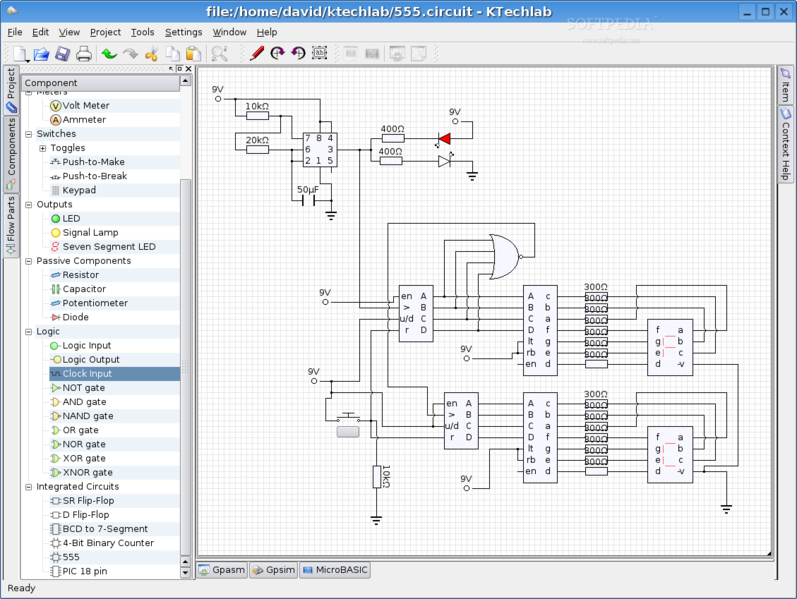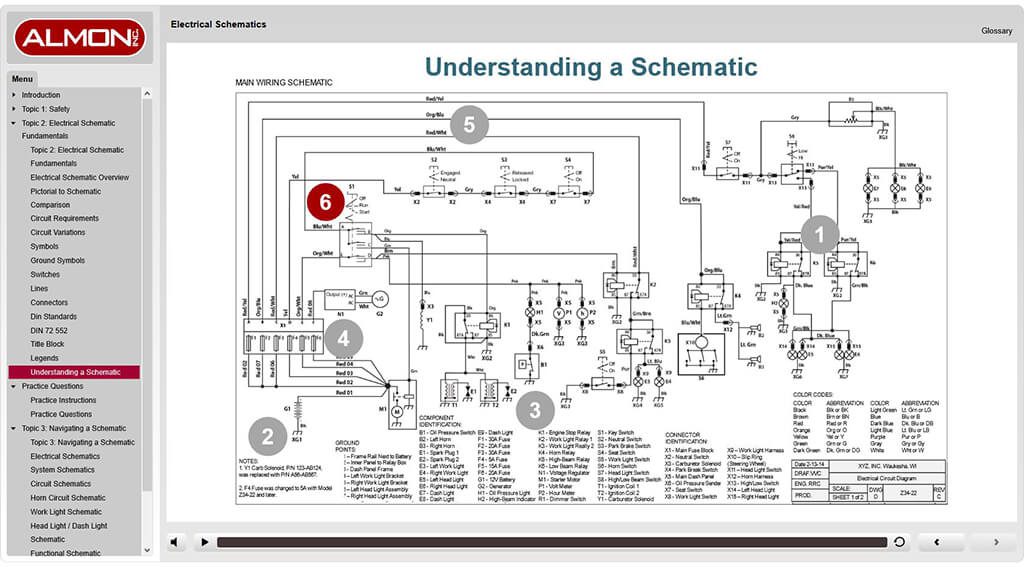

Select one, right-click on it and click Data. Click on a shape and use the process of drag and drop to get the shape on your drawing page. Go to the Shapes panel on the left of the window, where you will find many options like fundamental shapes, quick shapes, qualifying symbols, and likewise. Now, you will get a panel full of engineering shapes in the Shapes panel. You can adjust it at any point in time by changing the settings.

The template opens up in an unscaled drawing page under portrait orientation. Click the desired one and click on the Create button to finally open your template window. Here you need to choose the unit among two options, Metric Units or US Units. After you have selected the desired template for your Visio circuit diagram, a pop-up window will prompt you.

You can choose from the Basic Electrical, Circuits and Logic, Fluid Power, Industrial Control Systems, Parts, Assembly Drawing, Piping and Instrumentation Design, Plumbing and Piping Plan, Process Flow Diagram, Systems, TQM diagram, and Work Flow Diagram. Another option is to click the Categories and select the template. Go to the File tab, click on the New option in the left panel of the window and choose one among the Electrical templates to draw a circuit diagram in Visio. Open the Visio window in any format to start with your work. In the case of Visio Plan 2, you can access only the web version. You can open any one among the desktop or web versions of Visio while having the subscription of Visio Plan 2. Open the Visio application for the initial step of how to make a circuit diagram. Share the diagram with others, such as team members, and receive feedback and suggestions for improvements with contextual comments right on the diagram itself.1. Make any necessary changes and finalize the diagram. Review the block diagram for accuracy and completeness. Choose colors, fonts, and line styles that make the diagram easy to read and understand. Use layout and alignment tools to arrange the components in a clear and organized way. Identify and label your inputs and outputs- this refers to the starting points of a process and the resultant action that occurs along the way.

Use the Plus Create feature to easily connect shapes with arrows to indicate the flow of data. Use Creately’s purpose built shapes, such as rectangles or circles, to represent the main components of the system or process. As the team brainstorms, add the ideas using sticky notes on to the canvas. You can use real-time mouse cursors and synced previews to easily track the changes other participants make in the workspace.Ĭollect all the necessary information about the system or process, including inputs, outputs, and the functions or processes that transform the inputs into outputs. Add your team as collaborators to work together with them on the same workspace.


 0 kommentar(er)
0 kommentar(er)
